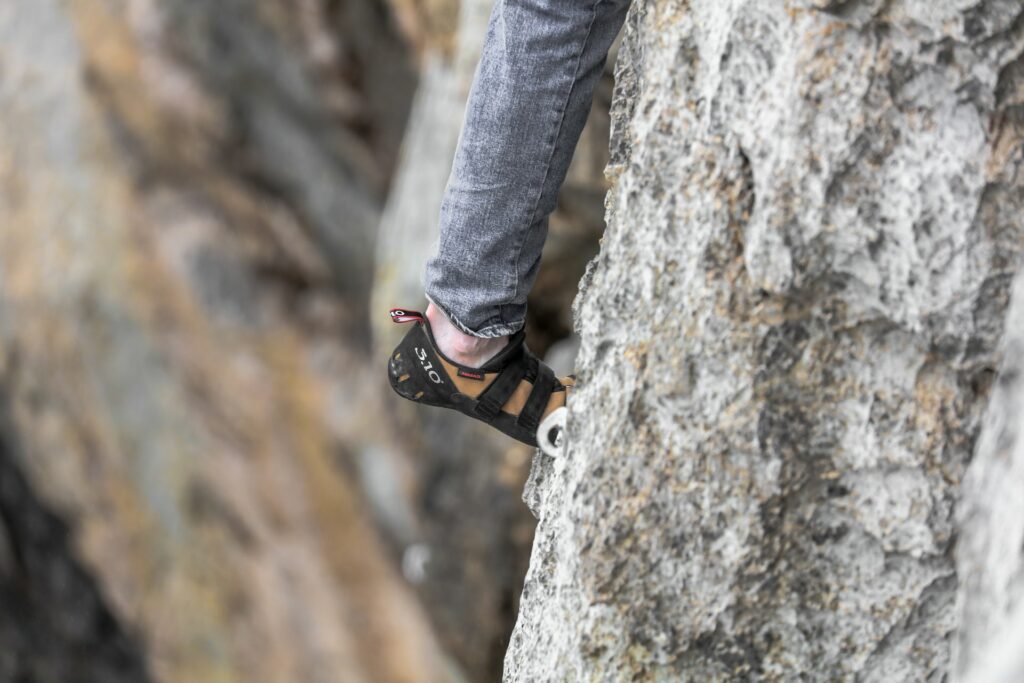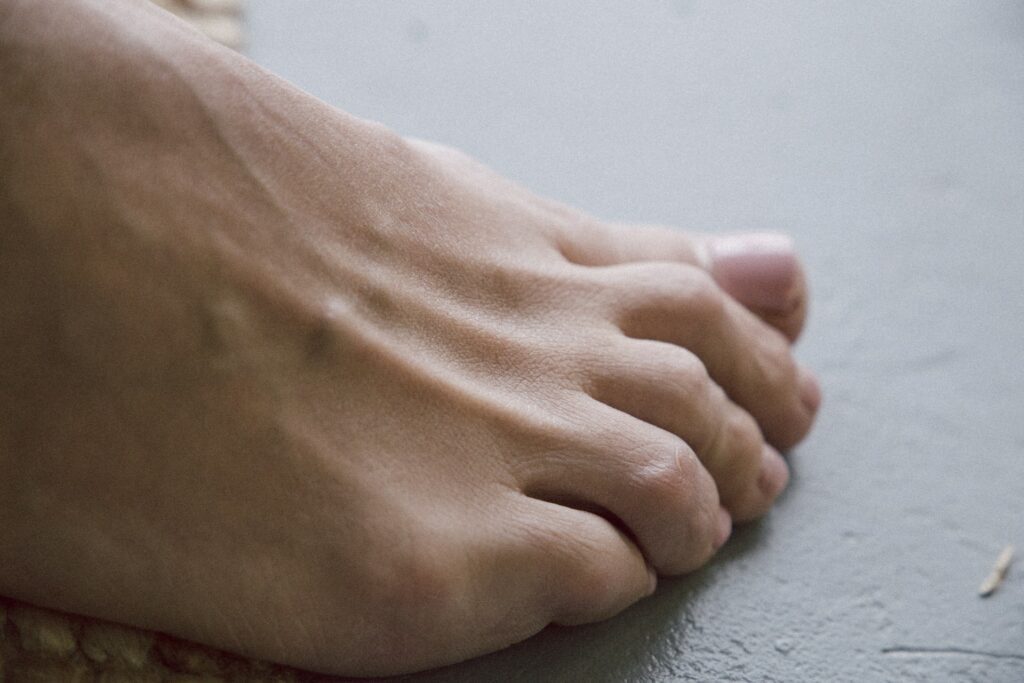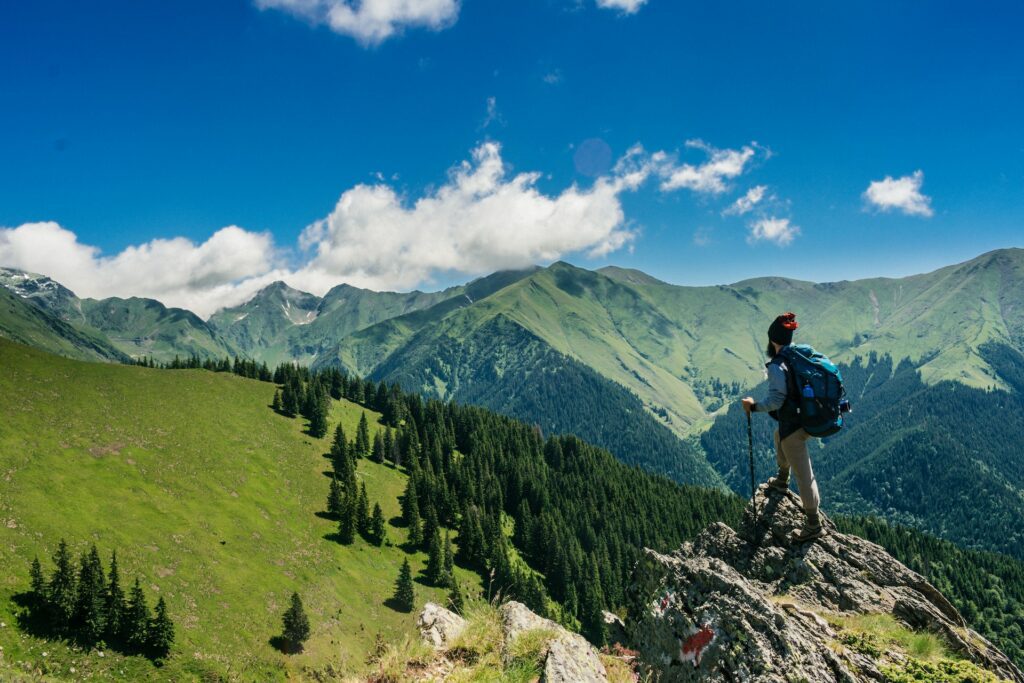Table of Contents
Climbing shoes are an essential piece of gear for any climber. They help to provide the grip and support needed to scale rock faces and indoor walls, and they can make a big difference in terms of performance and safety. However, despite their importance, climbing shoes can also be a source of discomfort and even pain for many climbers. In particular, the big toenail area can be particularly susceptible to problems caused by climbing shoes. In this article, we’ll take a closer look at why climbing shoes can hurt the big toenail, and we’ll explore some strategies for minimizing discomfort and pain.

How Should Climbing Shoes Fit?
The fit of climbing shoes is critical to their performance and comfort. Ideally, a climbing shoe should fit snugly, but not so tightly that it causes pain or constriction. In general, you’ll want to look for a shoe that fits like a glove, with minimal extra space between your foot and the shoe. This helps to ensure maximum sensitivity and control over your foot movements while climbing.
However, finding the right fit can be a challenge, especially for new climbers. You may find that the shoe feels uncomfortable or tight when you first put it on. This is normal, as climbing shoes are designed to stretch and mold to your foot over time. To help break in your shoes and minimize discomfort, you can try wearing them around the house for short periods of time, or use a shoe stretcher to loosen up any tight spots.
Climbing Shoes Can Be Uncomfortable
While a properly fitting climbing shoe should not cause pain or injury, it’s important to remember that discomfort is common when breaking in new shoes or climbing at a high level. Some types of discomfort that climbers may experience include:
- Pressure points on the toes or other parts of the foot
- Tightness or constriction around the foot or ankle
- Rubbing or chafing on the skin
- Soreness or fatigue in the foot or leg muscles
It’s important to note that some discomfort is to be expected, but there are certain types of discomfort that should not be accepted or ignored, such as:
- Sharp pain in the toes or other parts of the foot
- Numbness or tingling in the foot or toes
- Swelling or discoloration of the foot or toes
If you experience any of these symptoms while climbing, it may be a sign that your shoes are too tight or that you need to take a break and rest your feet.
Keeping Toenails Trimmed
One of the most common causes of climbing shoes hurt big toenail is improper toenail care. When climbing, the pressure and friction from the shoes can cause the toenails to rub against the inside of the shoe, leading to pain, bruising, or even nail loss. To prevent these issues, it’s important to keep your toenails trimmed and neat.

Toenails should be cut straight across, rather than curved or angled, to prevent ingrown toenails. It’s also important to avoid cutting the nails too short, as this can leave the skin and nail bed exposed to irritation and injury. If you do experience toenail pain or injury while climbing, it’s important to seek medical attention and avoid further climbing until the issue is resolved.
When Pain is on the Sides or Base of the Toe Nail
If you experience pain or discomfort on the sides or base of the toenail, it may be a sign of an ingrown nail. Ingrown toenails occur when the edge of the nail grows into the skin, causing pain, redness, and swelling. This condition can be caused by tight-fitting shoes, improper nail trimming, or injury to the toe.
To prevent ingrown toenails, it’s important to wear properly fitting shoes and to keep your toenails trimmed and healthy. If you do develop an ingrown toenail, you may be able to treat it at home by soaking the foot in warm water and applying an antiseptic ointment. However, if the pain or swelling persists, or if you notice any signs of infection, such as pus or red streaks, it’s important to seek medical attention.
Other Tips for Reducing Discomfort in Climbing Shoes
In addition to proper shoe fit and toenail care, there are a few other things you can do to minimize discomfort and pain while climbing. Some tips to consider include:
- Wearing the right socks: Choosing the right socks to wear with your climbing shoes can make a big difference in terms of comfort and performance. Look for socks that are thin and moisture-wicking, to help keep your feet dry and reduce friction between the skin and the shoe.
- Stretching your shoes: If your shoes feel too tight or constricting, you may be able to stretch them out a bit by using a shoe stretcher or by wearing them around the house with thick socks.
- Taking breaks: Climbing can be hard on your feet, so it’s important to take breaks and rest your feet when needed. This can help to reduce fatigue and prevent injuries or pain.
Conclusion
Climbing shoes are an important tool for any climber, but they can also be a source of discomfort and pain. By taking the time to find the right fit, practicing proper toenail care, and being mindful of any signs of discomfort or injury, you can help to minimize the risk of pain and enjoy a more comfortable and successful climbing experience. If you do experience any pain or discomfort while climbing, it’s important to listen to your body and take the necessary steps to address the issue before it becomes a more serious problem.



